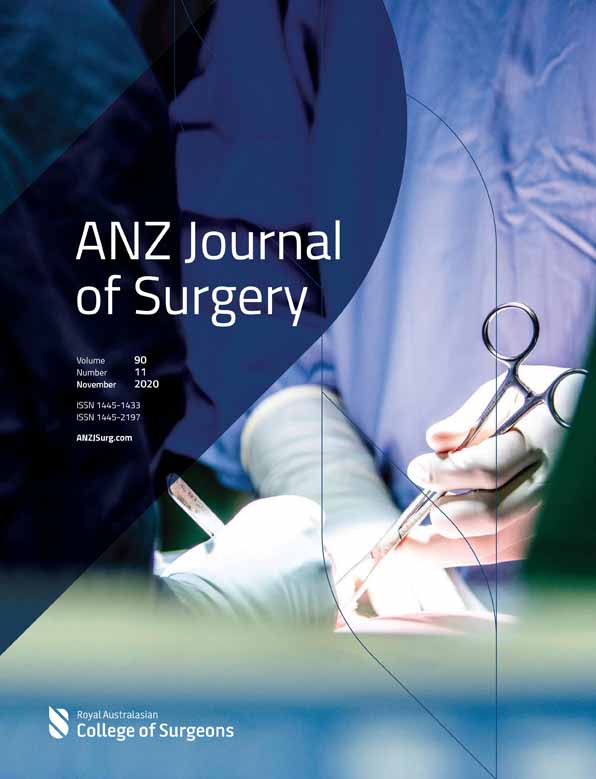Normative data for the Nasal Obstruction Symptom Evaluation Scale in the general Australian population
Abstract
Background
Recent changes to the Australian Medicare Benefits Scheme have introduced the NOSE Score as a criteria threshold for funding rhinoplasty. On review of the literature, however, there is minimal normative Nasal Obstruction Symptom Evaluation (NOSE) score data to provide context for these changes.
Methods
Participants were recruited according to the general Australian population distribution of age (18–65 years), gender and geographical locations using the market research company Pureprofile. The data included demographic details, risk factors for nasal obstruction such as smoking, obstructive sleep apnoea, use of continuous positive airway pressure, history of nasal trauma, operations to the nose and a history of cleft lip/palate and each participant completed the NOSE Scale. Analysis of data included descriptive statistics, independent t-tests and one-way analysis of variances to assess differences in NOSE scores between risk factors.
Results
The NOSE score was completed by 247 males and 255 females with a mean age of 41(±13.39) years. The cohort had a mean NOSE score of 16 (±18.89) with a range from 0 to 95. A total of 48 respondents had a NOSE score greater than the Medicare threshold of >45. Cleft lip/palate, obstructive sleep apnoea and continuous positive airway pressure use were shown to have a statistically significant impact on NOSE score while other variables including body mass index, gender, smoking, location and other surgery to the nose were not shown to significantly impact results.
Conclusions
This study found that 9.6% of the general Australian population would have a NOSE score >45 and qualify for the Medicare Benefits Scheme rhinoplasty benefit.
Conflicts of interest
None declared.




